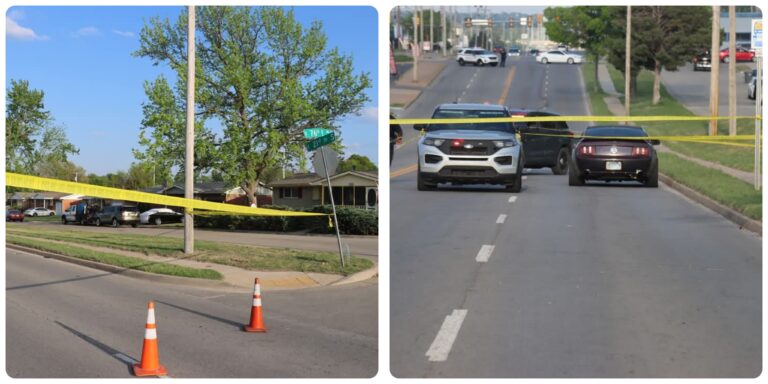
June 30, 2021- 5:42 p.m.
An inventor who created a ‘suicide machine’ opened it up to the public to allow people to take a virtual reality look at how their own death could play out.
Dr Philip Nitschke, who has the unsurprising nickname of Dr Death, debuted his suicide assisting machine, called Sarco, at the Funeral Fair in Amsterdam back in 2018 – since then it’s been on display at other venues in Europe.
The concept for the 3D-printed euthanasia machine is that of a ‘capsule that could produce a rapid decrease in oxygen level, while maintaining a low CO2 level (the conditions for a peaceful, even euphoric death)’, according to the Sarco website.
The website goes on to explain: “The elegant design was intended to suggest a sense of occasion: of travel to a ‘new destination’, and to dispel any ‘yuk’ factor.
“Other design considerations were to devise a system that requires no specialised skills or involvement, no sourcing of difficult to obtain drugs, [and] no need for medical involvement eg. with the insertion of an intravenous cannula.
“Those with a significant disability (eg. frailty or increasing paralysis from a disease such as MND/ ALS) would also not be disadvantaged. Activation by eye movement or voice control is anticipated.”
Writing in the Huffington Post in 2018, Dr Nitschke said: “A Sarco death is painless. There’s no suffocation, choking sensation or ‘air hunger’ as the user breathes easily in a low-oxygen environment.
The release then cheerily went on: “After all we are all going to die.
“Increasing numbers of us want some say in how we are going to die.”
While the plans for the Sarco are to create a fully-functioning euthanasia capsule – which also doubles up as a coffin – the one that went on display in Amsterdam was an ‘art installation’ designed to give folks a chance to see how a Sarco-assisted death would work via virtual reality.
This isn’t the first design Dr Nitschke had come up with in regard to assisted suicide.
In fact, he’s spent more than 20 years working in the area and has previously invented the Deliverance Machine, which was used by four terminally ill patients in 1996 during Australia’s Rights of the Terminally Ill Act.





